In the last ten years more Captives have been formed onshore than offshore, according to Marsh
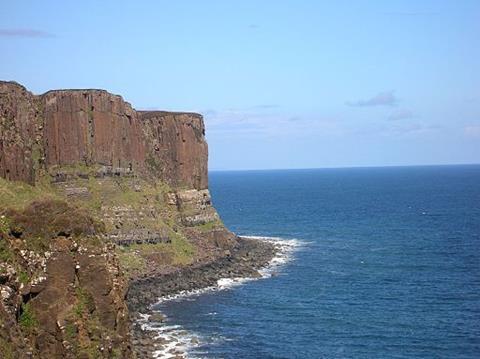
Organisations within the US and EU are more likely to form captives onshore, whilst the use of alternative captive structures is also on the rise, particularly amognst smaller firms, according to Marsh.
Marsh’s new Captives benchmarking report (based on the activities of over 1,200 captive insurance companies in the US and Europe) found that from 1991 to 2000, 65% of the captives formed were domiciled in offshore locations including Bermuda, Cayman Islands, Guernsey, and Isle of Man, while 35% stayed onshore.
Over the last decade, 52% of the captives formed from 2001 to 2011 were established onshore, compared to 48% offshore.
“The movement to a more balanced overall split between onshore and offshore domiciles is due to many factors, including travel costs, changing insurance regulations, and potential savings on certain premium tax payments for captive placements,” said Michael Cormier, CEO of Marsh Risk Solutions.
The report also revealed the formation of a greater number of multi-owner captive structures in recent years, including rent-a-captives, protected cell companies, and risk retention groups. These vehicles formalise risk finance and may also operate at lower cost, and with lower cost of capital requirements, than traditional single-parent captives.
“Many organisations, including smaller companies that might not be large enough to justify financially their own captives, are expressing more interest in retaining their own risk,” Mr. Cormier added.





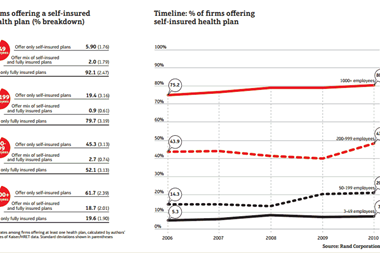

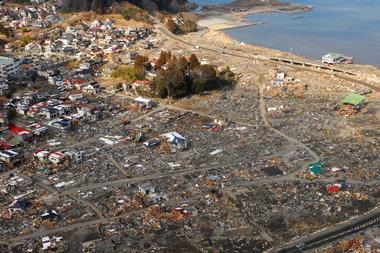
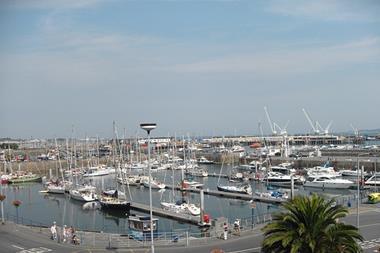




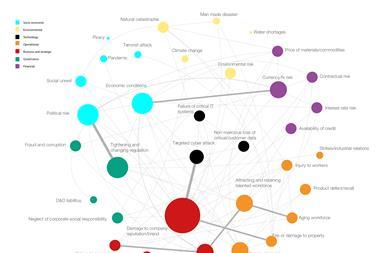






No comments yet